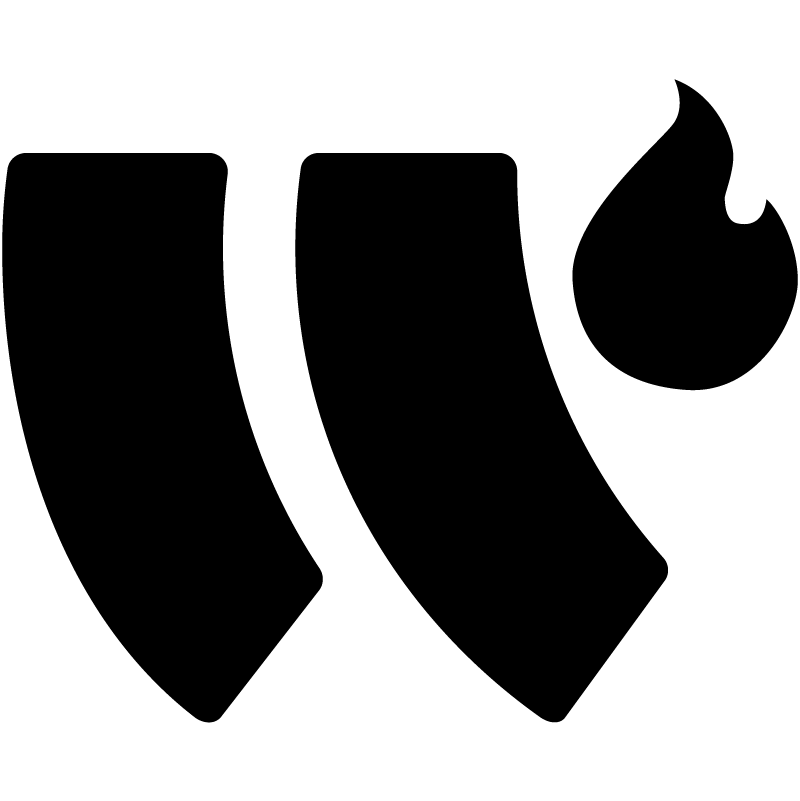The Enneagram
Eyes sore?
You can stream 7 Minute Series | The Enneagram instead of reading any of the words on this page.
To be honest, there’s a lot of literature out there on what the enneagram is, where it all started, and why it matters.
The enneagram is often likened to or compared to the Myers Briggs, DISC assessments, “the big five,” among others. It consists of 9 types, all of which are differentiated from one another based on their core motivators & fears.
For example, a Type 3 (The Achiever) and a Type 7 (The Enthusiast) may have the exact same outward behavior, but their internal motivators are completely opposite.
Your enneagram type is likely set in stone by the time you reach the age of age 10, and this is usually formed by your early childhood environment, experiences, and traumas.
Rather than rehash all of the basics of what the enneagram is, how it works, here’s something published by one of my favorite online catalogues, on what the enneagram is all about: The Everygirl, What Is an Enneagram and Why Is Everyone Talking About Them Right Now?
THE 9 TYPES
F: Basic Fear | D: Basic Desire | M: Key Motivators
Enneagram 1 is “the reformer.” Reformers act on principle, they are very self-controlled, and have perfectionist tendencies.
F: Of being corrupt/evil
D: To be good, to have balance, integrity
M: to be correct, improve all that they are involved with, to be above reproach or critique
Enneagram 2 is “the helper.” Helpers are very others-focused. While they can be seen as people-pleasers, they are generous, giving, and often quick to display acts of service.
F: Of being unwanted
D: To feel loved
M: to be appreciated or needed by others
Enneagram 3 is “the achiever.” Achievers are seen as high-performing, driven, and also pretty image-conscious.
F: Of being worthless
D: To be valued & worthwhile
M: to be affirmed, distinguished from others, attention, praise & admiration; to be impressive
Enneagram 4 is “the individualist.” Individualists are more inward-focused. Fours are perceived as temperamental, expressive, and sometimes dramatic.
F: Of having no identity or personal value
D: To find their identity or value
M: to be an individual, to be expressive & be surrounded by beauty; to protect their image
Enneagram 5 is “the investigator.” Investigators are always on high alert. Highly perceptive, innovative, secretive, and often introverted or most comfortable being isolated.
F: Of being useless or helpless
D: To be useful, competent
M: to be wise, savvy, to be prepared & able to defend self from external threats from their environment
Enneagram 6 is “the loyalist.” Loyalists are engaged, present, and suspicious of those that are not a part of the fold, so to speak.
F: Of being without support
D: To have security, support
M: to have security & safety, to fight off anxiety and insecurity
Enneagram 7 is “the enthusiast.” Enthusiasts are whimsical, spontaneous, and versatile. Sevens are sometimes seen as scattered. I like to think of these folks as creative.
F: Of being deprived, in pain
D: To be content, all needs met & satisfied
M: to maintain their freedom, happiness, and avoid missing out
Enneagram 8 is “the challenger.” Challengers are very sure of themselves. They are decisive, they contain enough will-power for a small army. Eights are NOT afraid of confrontation.
F: Of being harmed or controlled
D: To be in control, protector of their own life
M: to be self-reliant, prove their resilience, avoid weakness
Enneagram 9 is “the peacemaker.” Peacemakers are kind of like the middle children of the whole Enneagram family of types. They are reassuring, sometimes complacent, and kind of just want everyone to get along.
F: Of loss, separation;
D: To have inner peace, stability
M: to create harmony & togetherness; subside conflict or tension
TYPE YOURSELF BEFORE YOU TRY TO TYPE OTHERS.
Because the enneagram’s purpose is to study what lies on the INSIDE of each of us, there’s an understanding within the enneagram community that we can’t truly type others.
While we can’t truly type another person from an outside perspective, I do think that we can use what we learn about the enneagram to draw pretty accurate conclusions about those we interact with & know pretty intimately.
Because it’s not a science, it’s all a guessing game.
READ MORE.
Here’s an enneagram starter kit:
The Wisdom of the Enneagram: The Complete Guide to Psychological and Spiritual Growth for the Nine Personality Types (1999), Don Richard Riso [Buy]
The Road Back to You: An Enneagram Journey to Self-Discovery (2016), Ian Morgan Cron & Suzanne Stabile [Buy]
The Modern Enneagram: Discover Who You Are and Who You Can Be (2017), Kacie Berghoef [Buy]
The Honest Enneagram: Know Your Type, Own Your Challenges, Embrace Your Growth, Sarajane Case [Buy]
TAKE THE TEST.
As a disclaimer/reminder, you do not have to take any of these tests to type yourself.
[$0] There’s a no-frills, zero-cost test available on Truity that you can take to get your results in less than 15 minutes.
[$12] Otherwise, if you’re willing to forgo lattes this week, you can slip just $12 for a bigger, badder diagnostic test on Enneagram Institute’s website.
[$60+] And if you’re really invested, there are a couple of bigger, badder (and more pricey) tests & resources you can explore on integrative9.
OUR FAVORITE ACCOUNTS ON INSTAGRAM.
We’ll keep adding to this list! In case you’re not already trolling these guys…
@NINETYPESCO, Steph Barron Hall
@ENNEAGRAMASHTON, Ashton Whitmoyer-Ober
@ENNEAGRAMANDCOFFEE, Sarah Jane Case
@ENNEAGRAM.KAM , Kambrie Ross
@MENNEAGRAM, Jessica Betz






